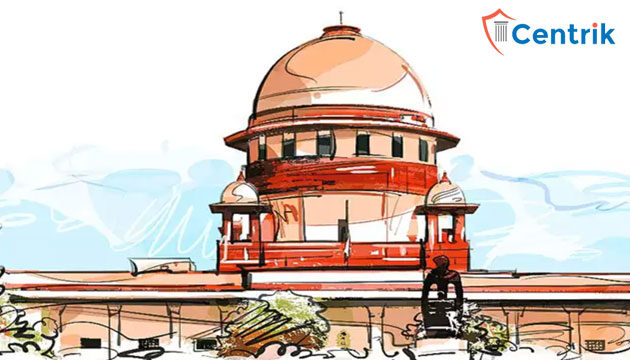
Status as on- 04/02/2023
In light of the fact that the corporate debtor/builder had agreed to refund the consideration amount to the respondent with applicable/accrued interest and had also promised to complete the entire project and hand over possession to home buyers (who want possession) within a year, the NCLT admitted the CIRP petition filed by the respondent-home buyer against it for failing to complete construction work of a housing project in time. This was a fit case to exercise power under Article 142 and to permit respondents were permitted to withdraw applications filed by them under section 7 of the Insolvency and Bankruptcy Code, 2016.
Facts of the Case
The builder, or corporate debtor, in the current case of Amit Katyal v. Meera Ahuja, developed a housing project in Gurgaon that was not successful within eight years. In order to start the CIRP process against the corporate debtor, three homebuyers (the original applicants) preferred an application under Section 7 of the IBC before the NCLT on December 6, 2018. A Resolution Professional was appointed after the application was approved, and the moratorium was announced.
The NCLAT dismissed the appeal and ordered the start of the CIRP after the promoters of the corporate debtor contested the admission of the Section 7 application there. During the hearing, the appellant attempted to resolve the issue with the original applicants, but the attempt to settle fell through. The IRP established the Committee of Creditors and made a notification to the public (CoC). The NCLAT’s order was challenged by the promoters in the interim by filing the current appeal with the Apex Court.
Supreme Court Held
The three homeowners’ claim under the Corporate Insolvency Resolution Process was allowed to be dropped by the Apex Court after they received the settlement money and any relevant interest that had been agreed upon by the majority of them. The Apex Court used its authority under Article 142 to allow the CIRP proceedings to be withdrawn and to adjudicate all outstanding issues between the parties in the greater interest of the homebuyers. The Court pointed out that, pursuant to Section 12A NCLT, the applicant may withdraw the application submitted with the consent of 90% of the CoC’s voting members and admitted under Section 7.
Taking note of Swiss Ribbons Pvt. Ltd. And Anr. v. Union of India and Ors. (2019) 4 SCC 17, in which the Court had permitted the original applicants to withdraw the CIRP proceedings in view of the settlement entered between parties, the Court noted that the COC comprises 91 members, of which 70% are the members of the Flat Buyers Association who are willing for the CIRP proceedings being set aside subject to the appellant and the Corporate Debtor – company honoring its undertaking given to this Court as per the settlement plan.
The Court further noted that 82 of the 128 homebuyers—who collectively purchased 176 units—are opposed to the insolvency proceedings and that the initial petitioners had likewise resolved their conflict with the appellant and corporate debtor. Even the IBC’s goal and objective are to maintain the company’s operations as a going concern rather than to destroy the business and halt/stall the project.
Conclusion-
The Apex Court allowed the withdrawal of the Corporate Insolvency Resolution Process plea filed against a builder filed by three homebuyers on being paid a settlement amount along with applicable interest as agreed upon by the majority of them. The Apex Court, in the larger interest of the homebuyers, exercised power under Article 142 to permit withdrawal of the CIRP proceedings and set aside all matters pending between the parties.
Disclaimer: The above article is based on the personal interpretation of the related orders and laws. The readers are expected to take expert opinions before relying upon the article. For more information, please contact us at ibc@centrik.in




 join For Updates
join For Updates